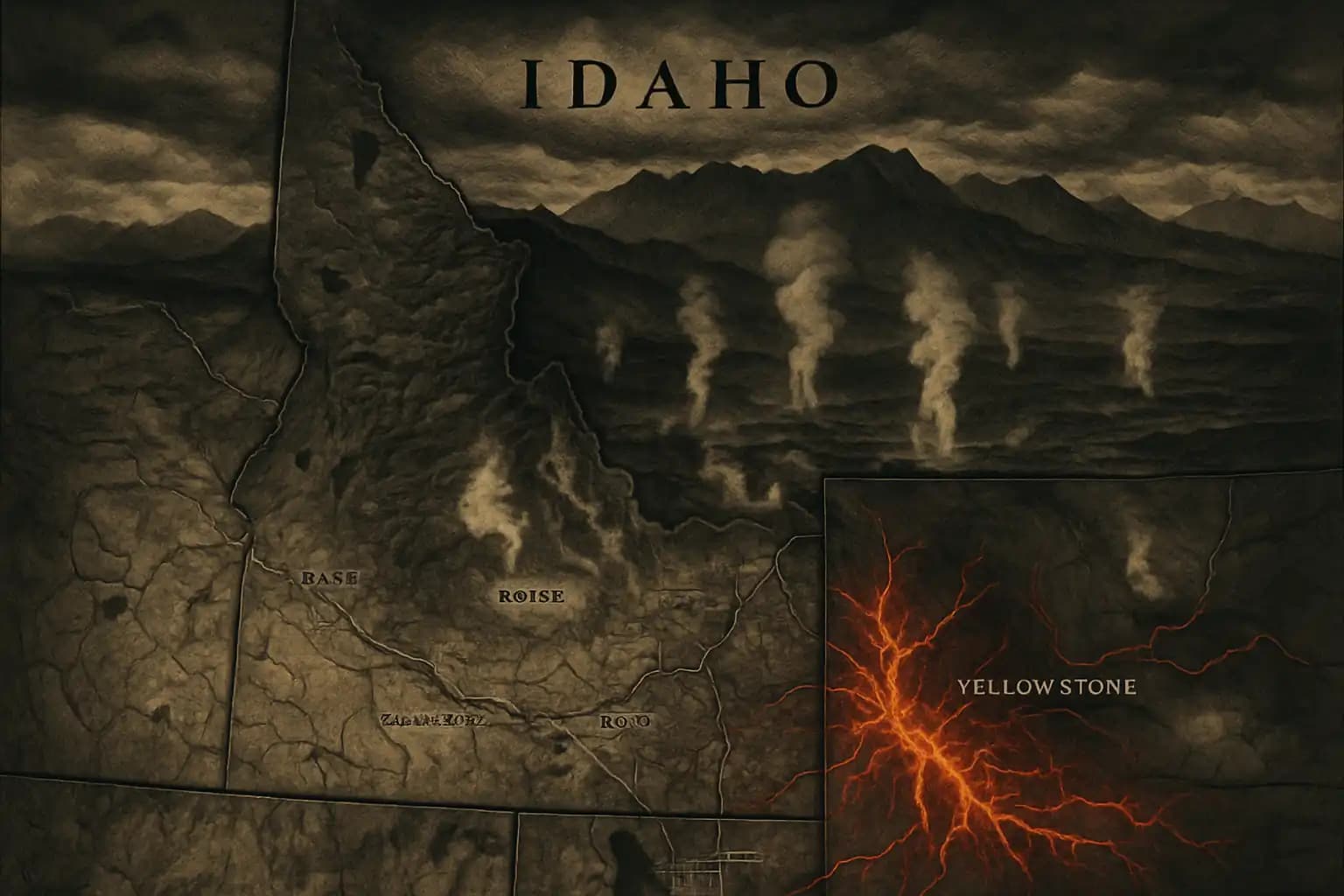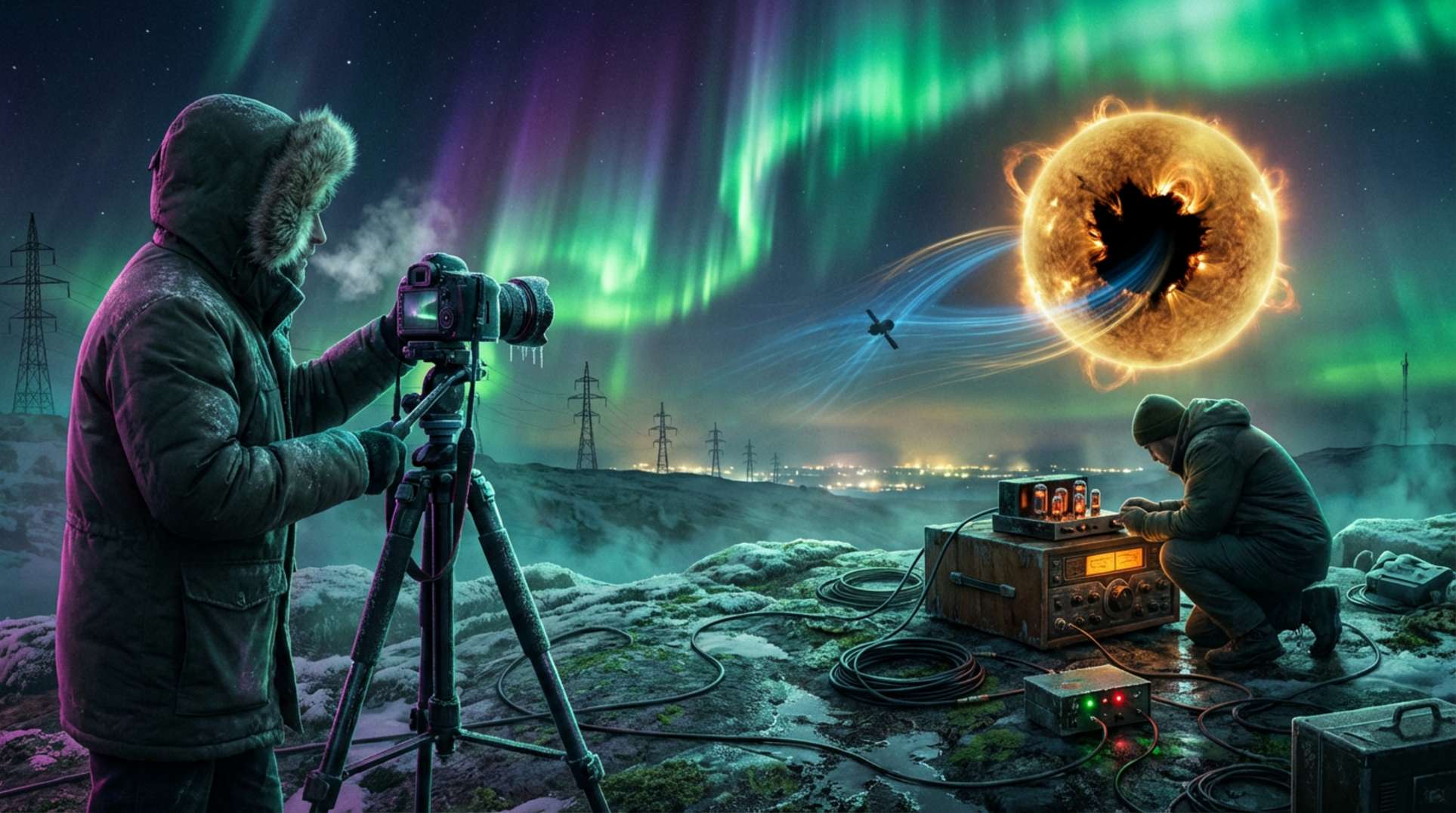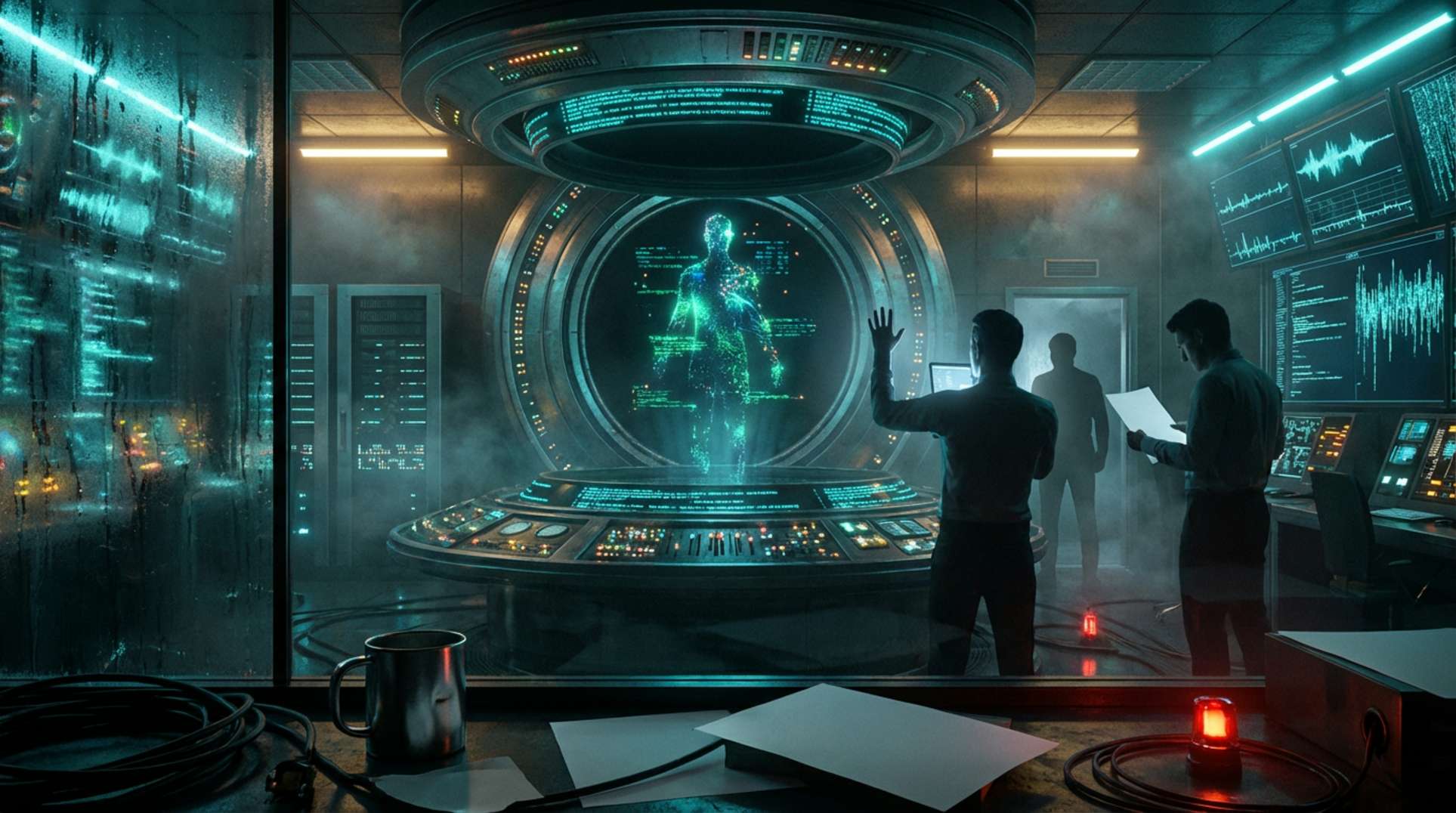If you live near Idaho or Yellowstone and felt the ground rumble, you’re not alone. An earthquake swarm has escalated from a shiver to a series of jolts, capturing the attention of experts and emergency planners alike. This situation has also excited the legion of armchair apocalypse preppers who can now say, “I told you so.” But what’s happening beneath the surface? Should residents prepare their go-bags, or is media hype outpacing geological reality?
Geophysicists, like Stefan Burns, emphasize that swarms can be unsettling, but context matters. Idaho and the Yellowstone region have always experienced seismic activity. However, the sudden acceleration and proximity to past large earthquakes increase caution. The biggest risk is not a supervolcano eruption but a significant earthquake. This reality, compounded by our cascading disasters—energy shocks, AI doomsday scenarios, rogue nation cyber tactics—makes this tremor especially nerve-wracking for a jittery public eager for the next headline.
Idaho’s Accelerating Earthquake Swarm: What’s New?
What does it mean when Idaho shakes faster? Official reports and recent USGS updates confirm multiple minor quakes are rattling a historically seismic area. The USGS stresses that most are aftershocks of earlier moderate quakes, not signs of moving magma beneath Yellowstone. While these swarms intensify, major structural collapses or escalations to supervolcano events remain rare. If you’re imagining a Hollywood disaster film’s opening scene, take a breath—or five. Surprisingly, volcanic eruptions in this zone are rare compared to earthquakes, as noted by the WyoFile analysis. Locals should expect infrastructure shakeups rather than skies filled with ash.
Yellowstone Supervolcano: Fears vs. Geological Facts
The “Yellowstone Supervolcano” scenario attracts attention. Its last major eruption’s power and the region’s ancient volcanic scars fuel speculation and memes. According to scientific overviews, most swarms arise from old faults adjusting to tectonic stress—not because magma is preparing for an eruption. The USGS and National Park Service emphasize that monitoring systems would detect serious shifts in volcanic behavior well before social media reacts. However, those who believe the Big One lurks nearby will still sift through evacuation plans. Geophysical data reveals no current increase in “eruptible” magma beneath Yellowstone, offering some comfort (unless you thrive on panic).
Historic Shakes and Modern Worry: When Should You Really Panic?
History serves as both a cautionary tale and a warning label. The Pacific Northwest has endured catastrophic quakes, events that leave new lakes and rewrite maps. Some link increased seismicity to the legendary Yellowstone blast, but geological consensus debunks hype swiftly. The Cascade region’s real threats arise from potent earthquakes; the supervolcano is a distant, albeit spectacular, concern. History buffs should remember that civilizations collapse not from single disasters but from a buildup of smaller risks—just ask the experts outlining why empires like Rome fell. The true panic comes from unreinforced infrastructure and dense populations intersecting with Mother Nature’s unpredictability.
Preparedness and the Power of Real-Time Data
If you seek a silver lining, consider real-time seismic monitoring and transparency. Agencies like the USGS and Idaho’s geological services provide a stream of data, curbing the fear-mongering from algorithms and YouTube prophets. For those interested in deeper dives, earthquake explorations and cosmic disaster reports unpack “black swan” risk factors. If societal decline fascinates you, check out societal collapse scenarios and recent forecasts for our next sunny season.
You don’t need to dig a bunker just yet—unless you enjoy having one.
Stay vigilant by checking live updates and insights at Unexplained.co, where you’ll find more signal than noise. Keep your emergency kit ready; experience tells us the next shake is often closer than you think.





